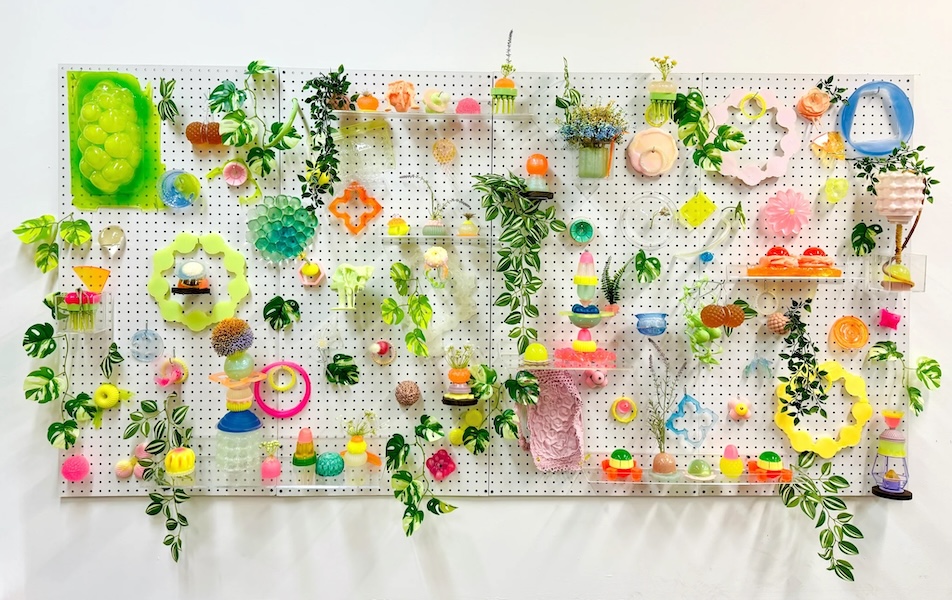It started with stamps. A vehicle for channeling the compulsion to collect, stamps also offered a lesson in history, color, shape, and language that Stefan Simchowitz would later apply to his current obsession—emerging art. Via the work, the artist, and (hopefully not, but okay if a must, because who has the time?) studio visits, his collection is now a full-time occupational hazard, currently fueled by a fascination with art from Zimbabwe, Ghana, and South Africa, in particular.
Simchowitz shares with Whitewaller the recent additions he’s jazzed about, and where you can find him this week at Frieze.
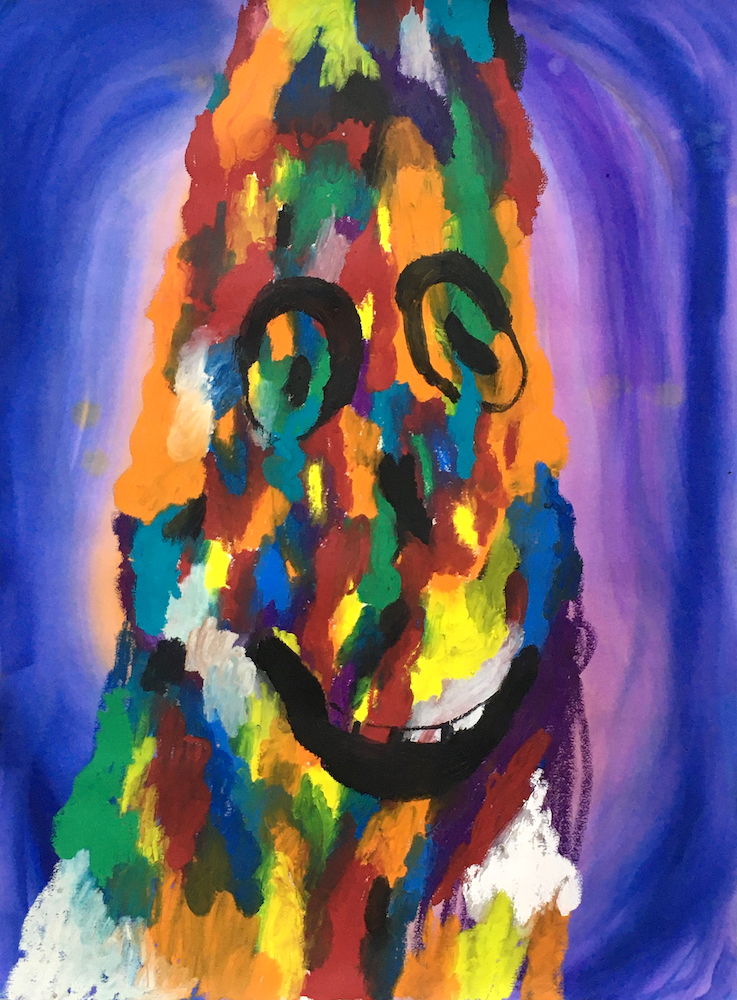
Pia Camil
Su cuerpo dejarán
2019
Courtesy of the artist and Galería OMR
WHITEWALLER: Tell us about the beginning of your collection. What was the first piece you bought and do you still have it?
STEFAN SIMCHOWITZ: I collected stamps as a kid. I was precocious and from an affluent family, so I collected proper stamps—Cape triangles, Rhodesian double portraits—beautiful stamps. It was a lesson in history, color, shape, printmaking, language. I have them all still, nicely placed in the same carefully put-together books. It was an obsessive and compulsive act. Collecting is a disorder in many regards that begins in youth. Marbles, baseball cards, tokens on the Internet. We all have it to some degree. True collectors are the extreme spectrum of this.
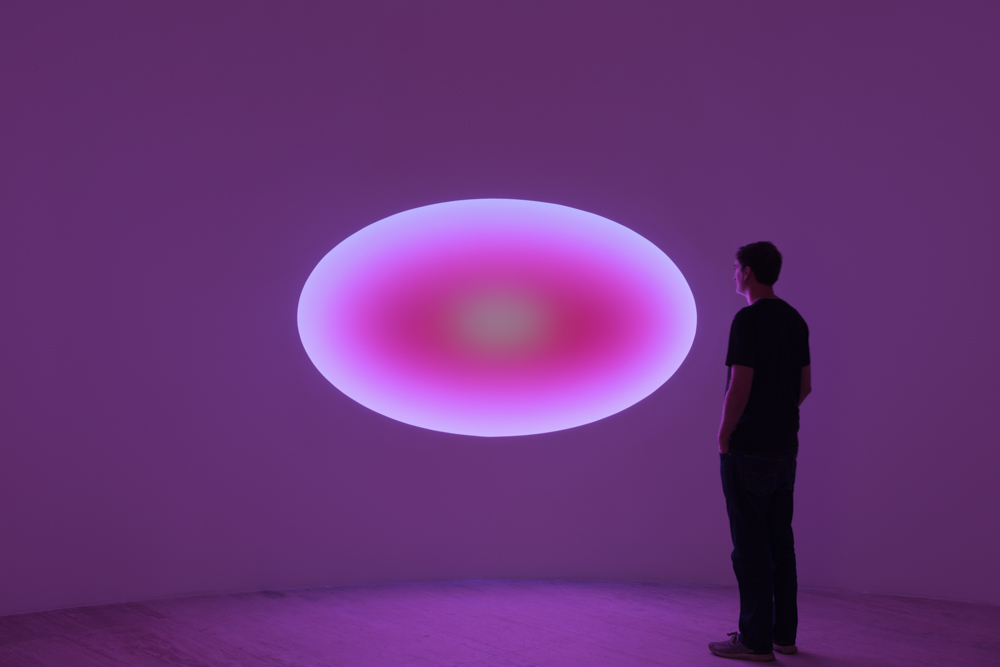
James Turrell, Gathas from the Curved Elliptical Glass series, 2019, Museo Jumex, 2019, © James Turrell, photo by Florian Holzherr.
WW: How did emerging artists become a focus for you and your collection?
SS: I could afford them. They were contemporary to me, and I could haggle with them directly. The narrative of haggling and engagement creates a bond of sorts between artist and collector, patron, benefactor, or opportunist. I also, for obvious reasons, prefer the living to the dead. The impact one can have on an emerging artist’s life collides in the shared creative act of transmission from creator to creation. I believe we all participate indirectly and directly in the emergence of art production into art. Emerging art is the front line of this engagement.
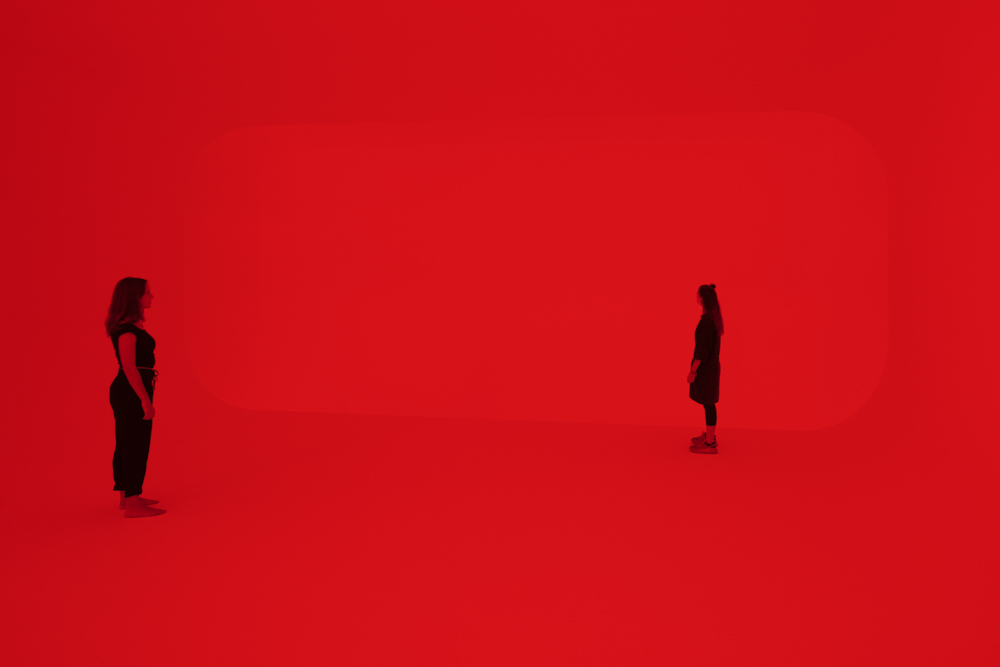
James Turrell, Amesha Spentas from the Ganzfeld series, 2019, Museo Jumex, 2019, © James Turrell, photo by Florian Holzherr.
WW: You’ve said that you don’t like to do studio visits. Instead, you get to know the artist via their social media presence. Why is that important for you?
SS: I do studio visits. I would just rather avoid them in most circumstances. Not necessarily just social media presence—I prefer to establish a direct connection with the work first. The artist studio visit is often fetishized as an authentic experience. They can be misleading and oftentimes the performer, the artist, can give great studio and make bad work. Seeing art is hard.
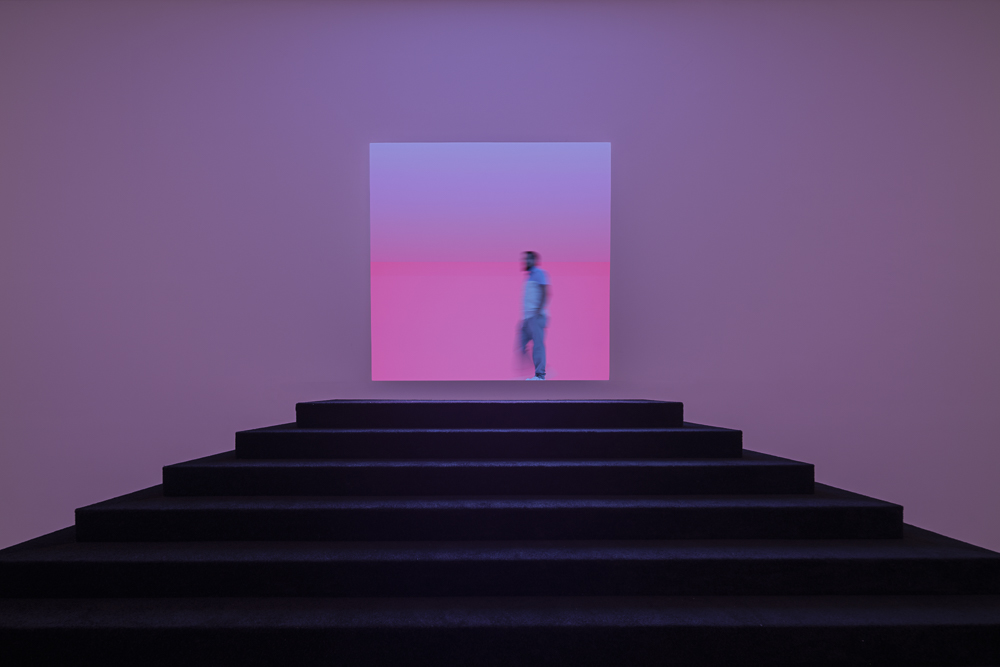
James Turrell, Amesha Spentas from the Ganzfeld series, 2019, Museo Jumex, 2019, © James Turrell, photo by Florian Holzherr.
Understanding what you are looking at is both an intellectual and instinctive exercise. The work first, then the artist, then the studio is my order of preference. I have no hard rules per se. Part of this strategy has a lot to do with efficiency and time management. Collecting art is not a part-time activity for me—it is a full-time occupational hazard—so my approach is a little different. For better or for worse, only those in the future will know.
WW: Who is really connecting for you, at the moment?
SS: Africa—the continent as a whole—and Zimbabwe, Ghana, South Africa, in particular, for me. An abundance of talent and ambition is rising like a giant from slumber, and artists are looking forward, not backward.
WW: Any recent additions to your collection you could share?
SS: Cameron Platter, Jonathan Edelhuber, Royal Jarmon, works from creativity explored in San Francisco, Gene Ahern, Patrizia Biondi, Nina Walton, Serge Attukwei Clottey, and many others.
WW: Outside of the fairs, what are you looking forward to seeing and doing in L.A. this week?
SS: Well, I am going to host my daily Frieze coffee this year at Neighborhood Coffee on La Brea. It’s an open salon to get caffeined up and congregate. All are welcome. I look forward to seeing all of you out-of-towners most of all.





